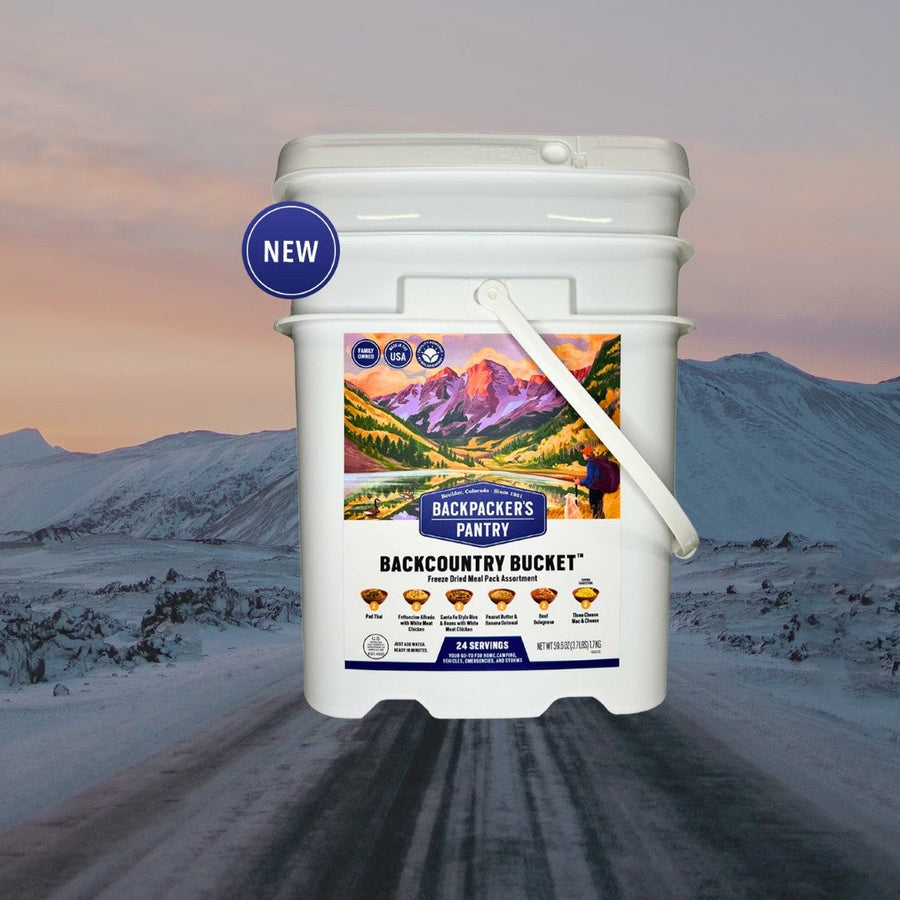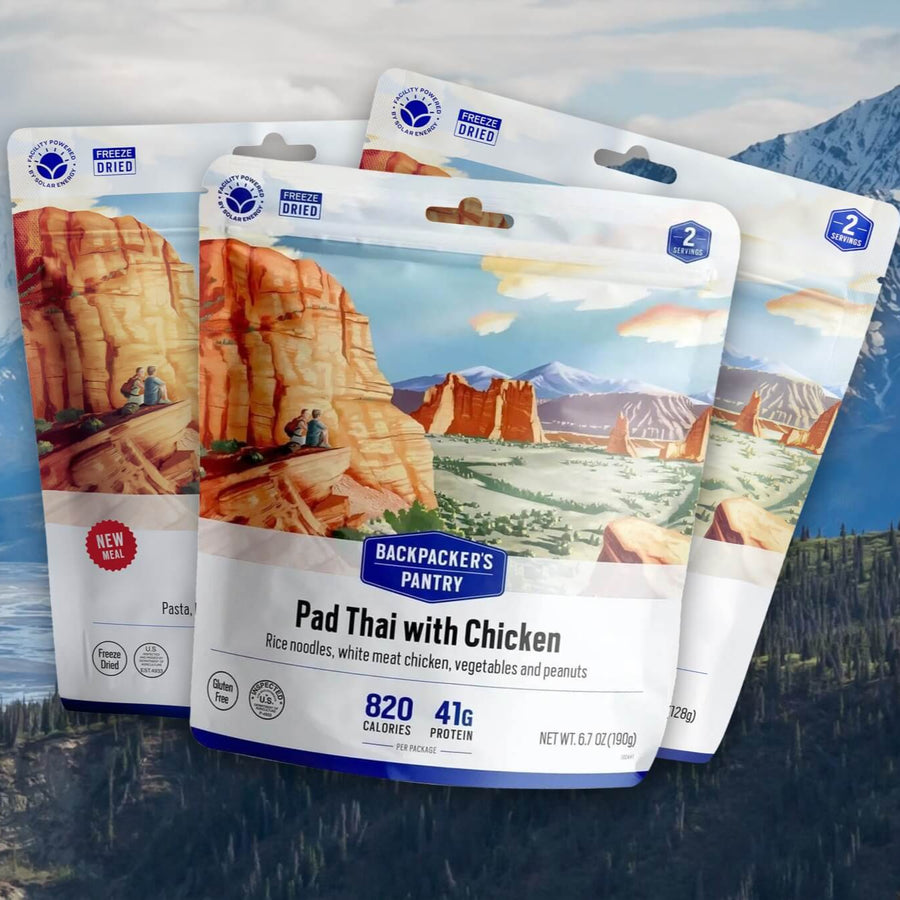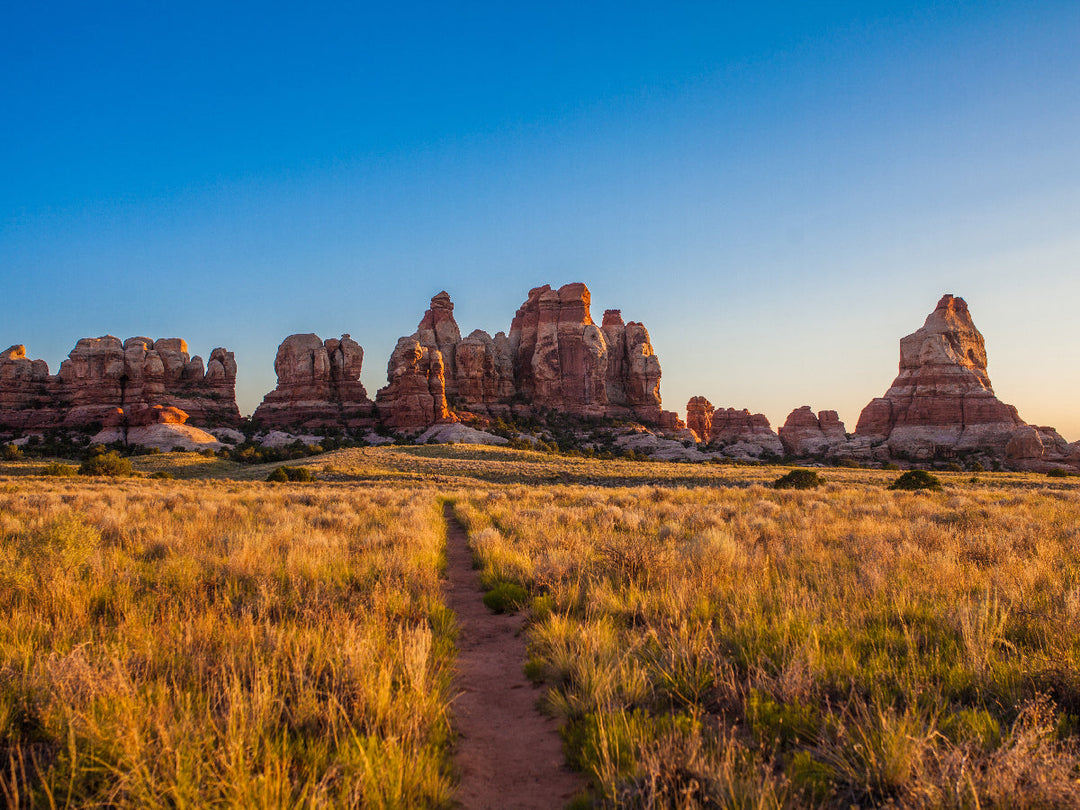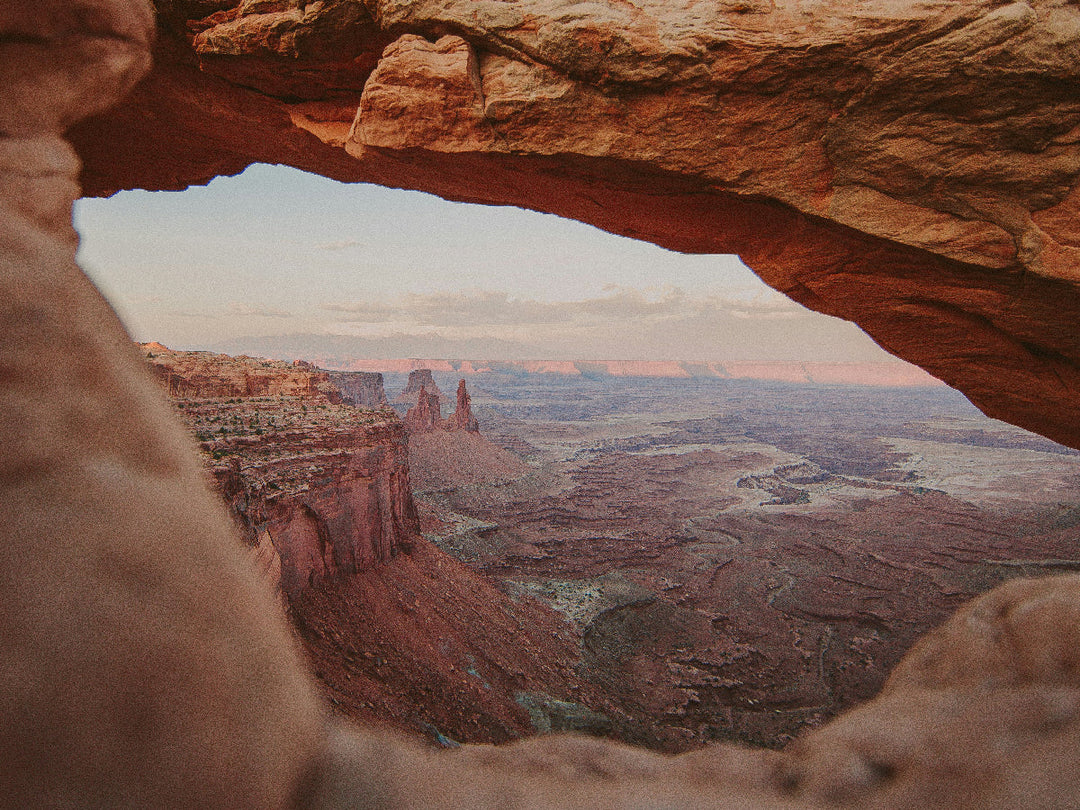How to Safely Store Food When Camping & Backpacking

As responsible campers and backpackers, it’s our job to store food safely. When you follow proper food storage practices, you don’t only keep yourself safe from hungry animals (like bears) — you also protect other creatures and critters that call the wilderness home. Keep critters, bears, and other animals out of your food stash with these essential tips.
Why is Food Storage Important when Camping and Backpacking?
It’s not only a bummer for you when critters and wild animals get into your food, it’s also a bummer for them. When wild animals eat human food, it’s disruptive to their natural diets.
Too much “people food” can also cause animals, especially bears, to become dependent on humans. This often leads to unsafe situations for campers when those animals forage for food at campsites and elsewhere. Animals that try to break into tents, cars, and other areas might also be euthanized if they become a nuisance.
The Basics: Camping Food Storage 101
Whether you’re at an established campsite, a backcountry campsite or elsewhere, these guidelines should always be followed:
- Always consider food storage while camping and backpacking. Even if you’re not in an area with large wildlife like bears, you need to be aware of how you store your food.
- If it has a scent, animals might think it’s food. This means things like deodorant and toothpaste can potentially attract unwanted attention from wildlife.
- Keep your food and other scented items away from where you’re sleeping. Be careful about what you store in your tent. Never keep food, trash, or scented hygiene products inside your tent.
- Don’t leave food unattended at your campsite. Squirrels, chipmunks, birds, and other critters will seize the opportunity to snatch your snacks.
Storing Food at a Campground
When camping at a campground, here’s how to store your food safely:
- Keep food secure in hard-sided containers. This could be in your cooler, inside of your car or camper, or in a bear box. Grocery bags, stuff sacks, and other soft containers are susceptible to both large and small critters. We’ll cover specific recommended storage options below.
- Don’t leave food unattended. Even a quick trip to the bathroom is an open invitation to wildlife.
- At night, food needs to go into your vehicle or a bear box (if one is available.)
- If you don’t have access to a vehicle or bear box, you can hang a bag with your food or use a bear canister/bear bag. We’ll cover how to do this below.
How to Safely Store Your Food on a Backpacking Trip
Food storage on a backpacking trip in the backcountry can be accomplished in a few different ways. Make sure you follow any rules, like those we’ll cover below, in the specific area that you’ll be camping or backpacking.
- A hard-sided bear canister. Carrying a hard-sided container might feel like an inconvenience, but so is losing your food to critters, or worse, inviting potentially dangerous wildlife.
- A scent-proof bear-proof bag that is properly hung.

Types of Camping & Backpacking Food Storage Containers
Olympic National Park in Washington state has a list of approved bear containers. What containers are approved might change by area, but this is a good starting point.
Approved Bear Canisters:
- BearVault 110b, 200, 250, 300, 350, 400, 425, 450, 475, 500 www.bearvault.com
- Backpacker Model 812 (Garcia) www.backpackerscache.com
- Bearikade www.wild-ideas.net
- The Bear Keg (Counter Assault) www.counterassault.com
- The Bare Boxer Contender(101) and Champ (202) www.bareboxer.com
- The Lighter1 Big Daddy and Lil' Sami lighter1.com
- UDAP N-Fed-Bear www.udap.com
- Purple Mountain Engineering Tahoe (This canister is no longer in production or available for purchase)
Approved Backpacks
- Wise Backpack by Craftsman Tech Composites (hard-sided backpack)
Approved Panniers
- DeCarteret Aluminum Stock Panniers
- Berner Bear Box 303/343-1998
- Bear Aware Panniers
- Bear Country Camping Models SFO and HFO www.bearcountrycontainer.com/catalog.html
- Outfitters Supply TrailMax Bear Proof Pack Panniers www.outfitterssupply.com
Not Permitted: Ursacks have not been allowed for use in Olympic National Park as a bear canister replacement even though some models were approved July 31st, 2014 for Grizzly Bears by the IGBC. They make a great addition to standard food hanging practices.
More Expert Camping Food Advice
-
“Here at Grand Canyon National Park we are lucky that the most heavily visited campgrounds provide food storage boxes to keep our food in while camping there. But I still like to utilize my Ursack Minor critter-resistant bag to keep my salty snacks safe, especially out in the backcountry where storage boxes are non-existent. I always suggest putting anything "smelly" in a Ziploc bag to keep those smells locked in and make your gear less tempting to local critters.”
Haley Johnson, Grand Canyon Conservancy Field Institute Instructor
- "In addition to storing your food in the manner required by the land management agency, I also recommend using odor proof bags. I use the Smelly Proof brand. These cut down on odors thereby reducing attractant to your campsite in the first place."
Heather Anderson, Author, Thru-Hiker, Speaker and National Geographic Adventurer of the Year -
"For overnight trips in the backcountry, I store my food in an Ursack bear bag and stash it at least 200 feet away from camp. In forested sites, I attach it to a tree; in alpine settings, I store it under a pile of rocks. It is a great lightweight option to keep critters and bears out of your food!"Caitlin Quirk, Outdoor Instructor at The Mountaineers
How to Hang a Bear Bag
A bear hang or bear bag is a time-tested method for keeping your food and other scented items out of harm’s way.
This graphic below from The Ultimate Hang has some great guidelines.

Following Rules & Regulations for Camping Food Storage
Some wilderness areas also have specific rules and regulations, like requiring hard-side containers. Make sure to check the rules and regulations of the area where you're camping or backpacking. Not sure what the rules are? Call a ranger, and they'll be glad to help.
For example, at Rocky Mountain National Park has several different rule sets depending on where you’re camping. Similarly, Olympic National Park “All food, trash, toiletries, and scented items such as: toothpaste, deodorant, sunscreen, hand sanitizer, chapstick, etc. must be stored either: In bear canisters, on park bear wires, where provided, or 12 feet high and 10 feet out from the nearest tree trunk, where allowed.”
Summary
There are three main reasons that proper food storage is required while camping or backpacking. 1) Protecting yourself from wildlife. 2) Protecting wildlife from you. 3) Protecting your snacks and meals from getting eaten! Figuring out what precautions you need to take will depend on how you’re camping, and where, but with what we’ve discussed here, you should be ready to take on the challenge!





